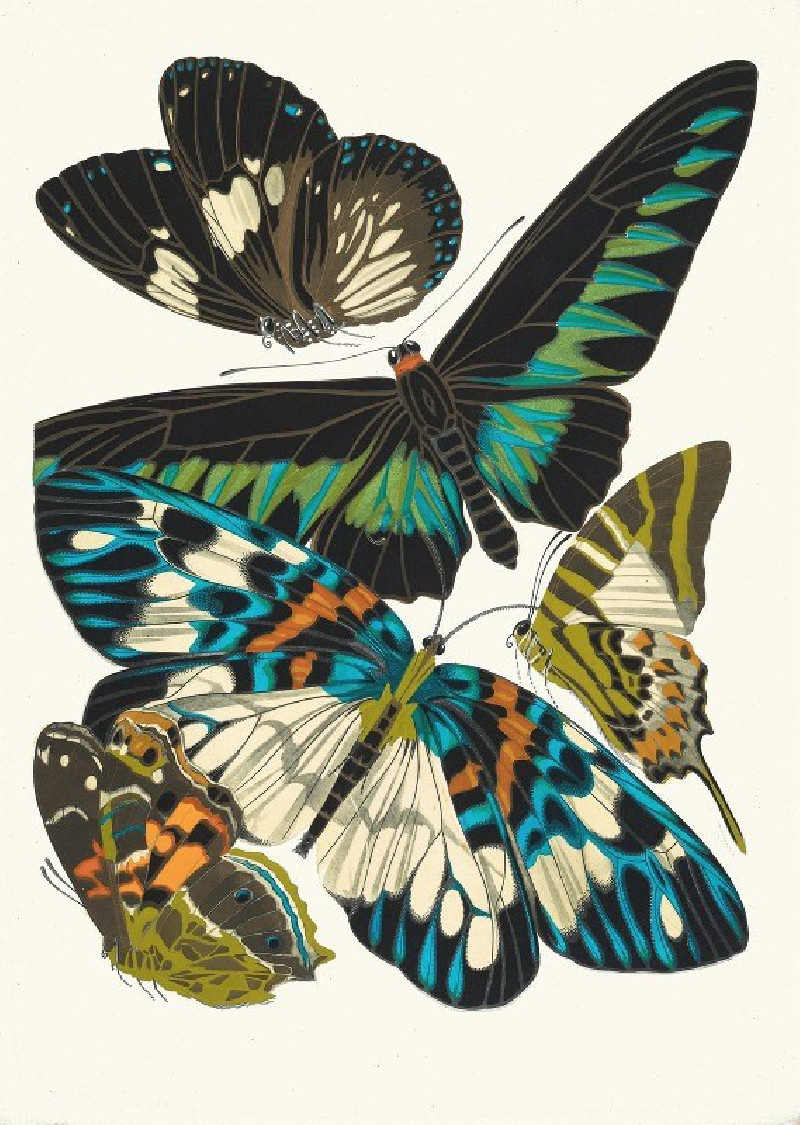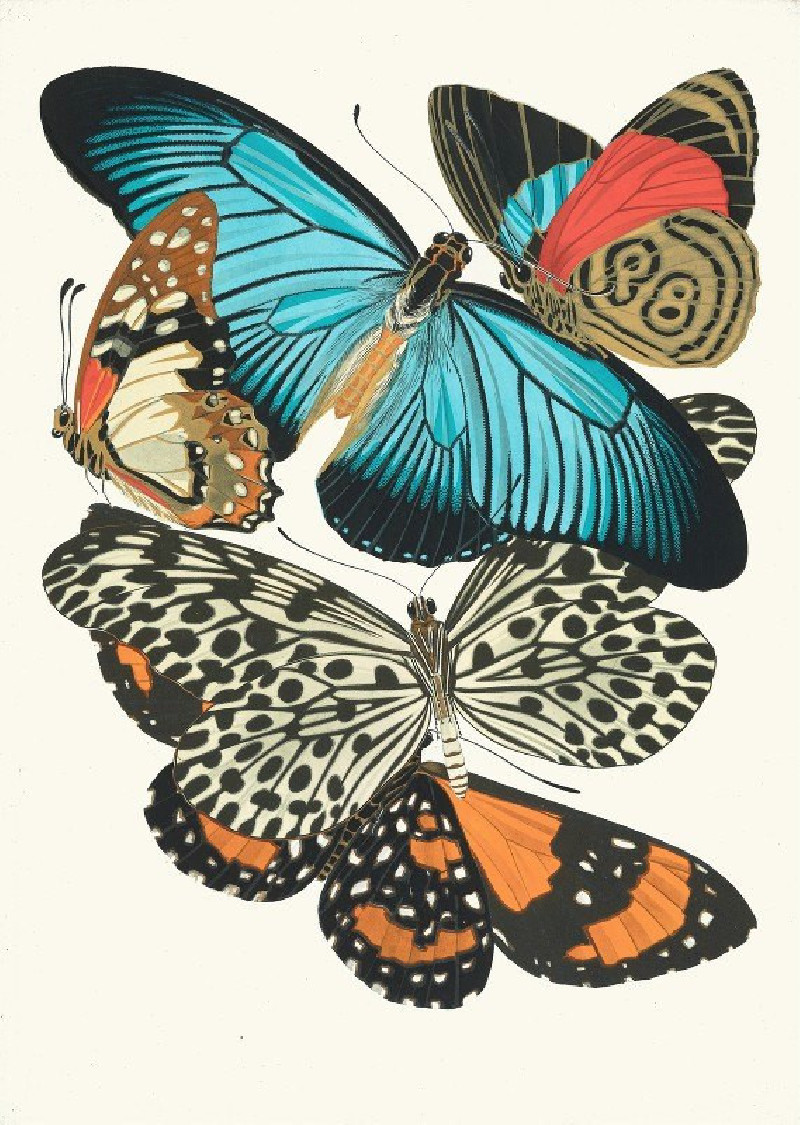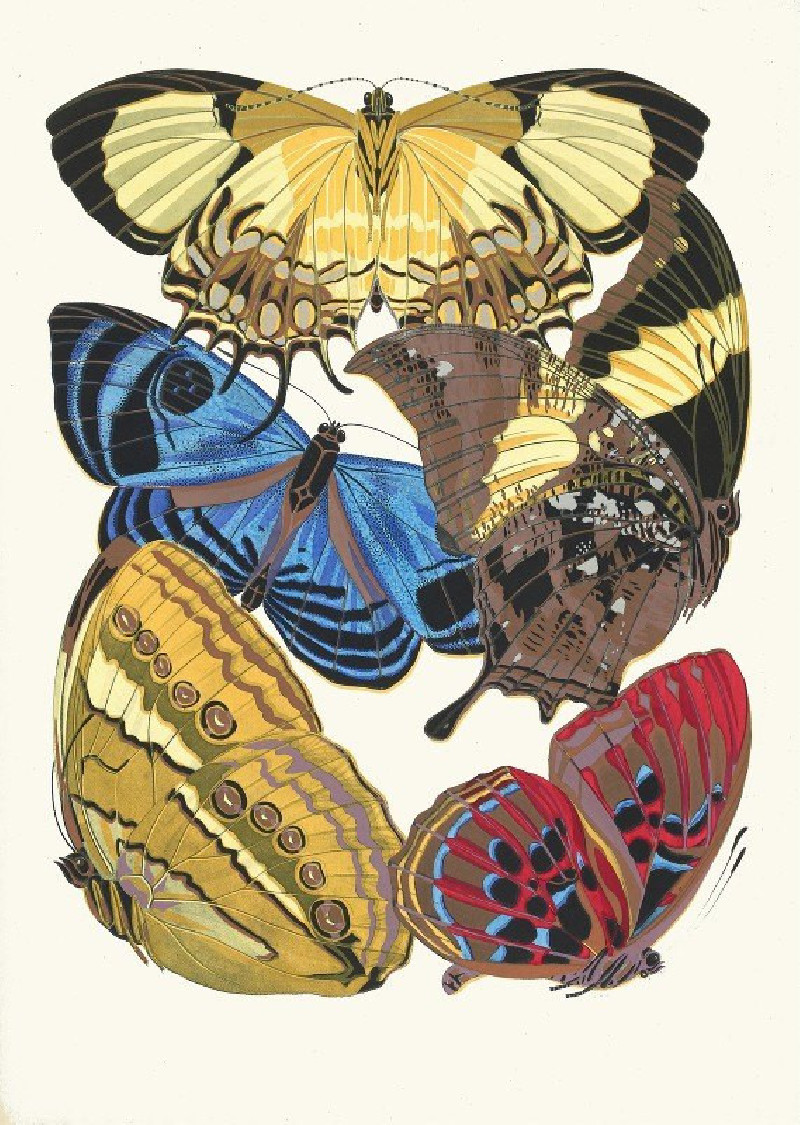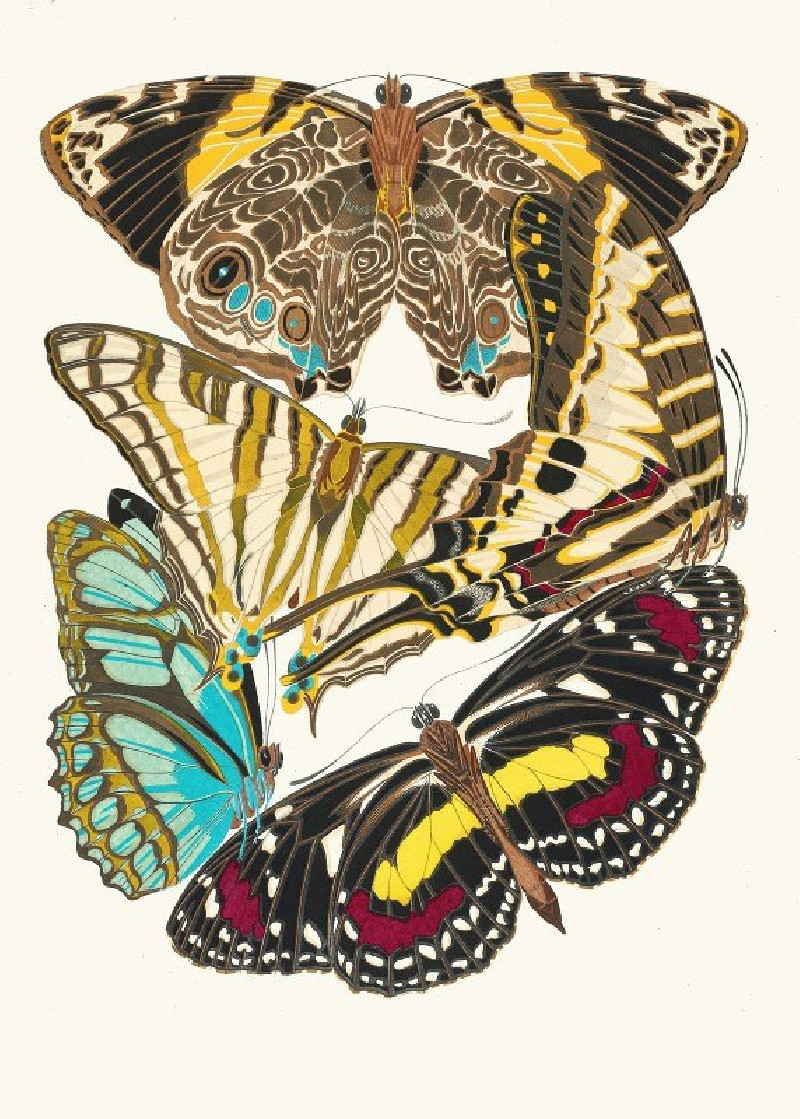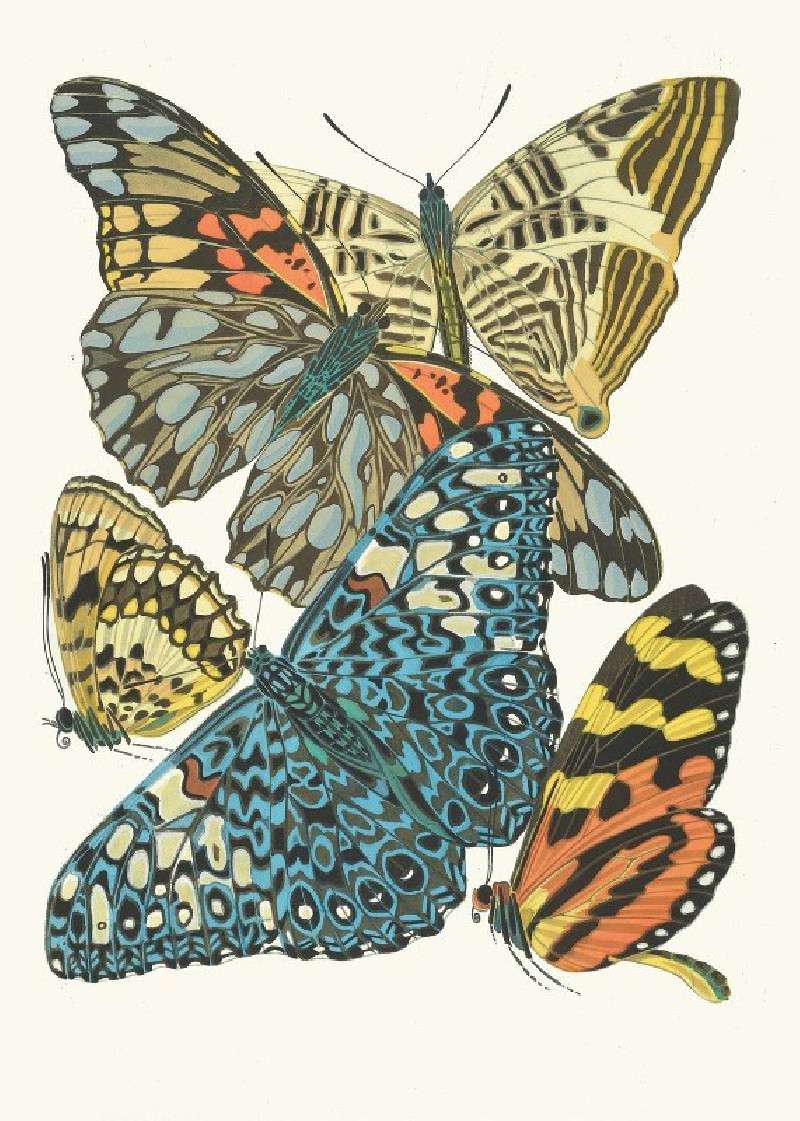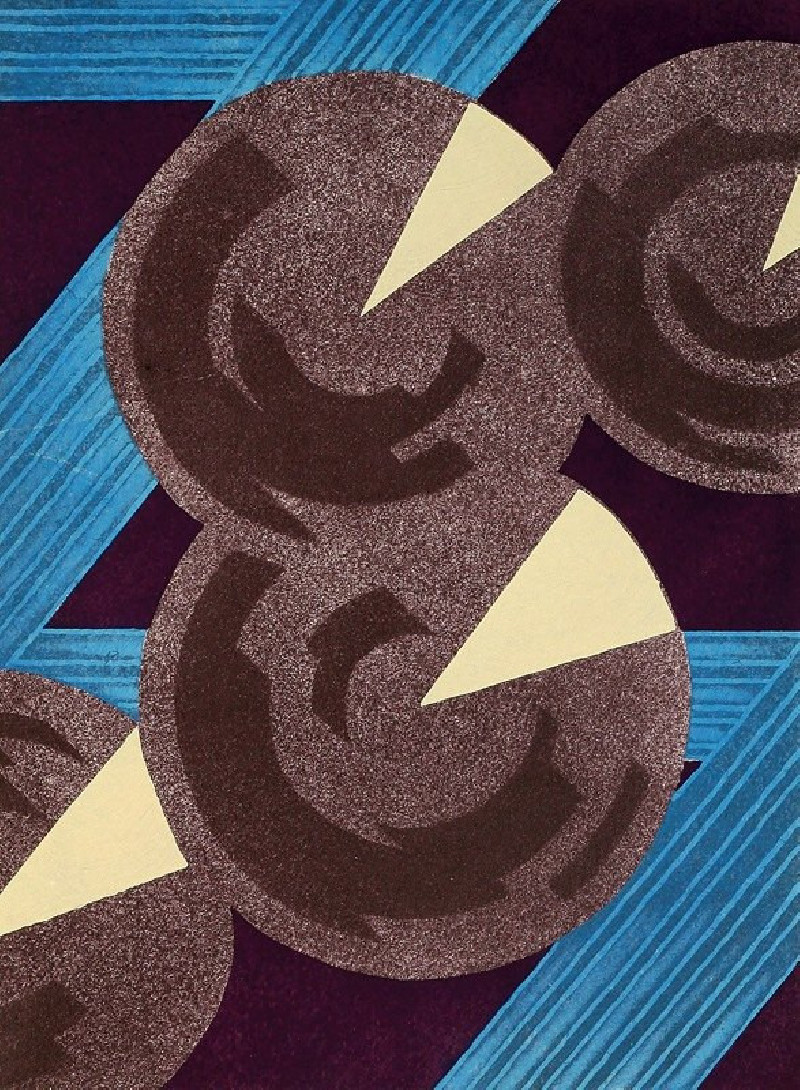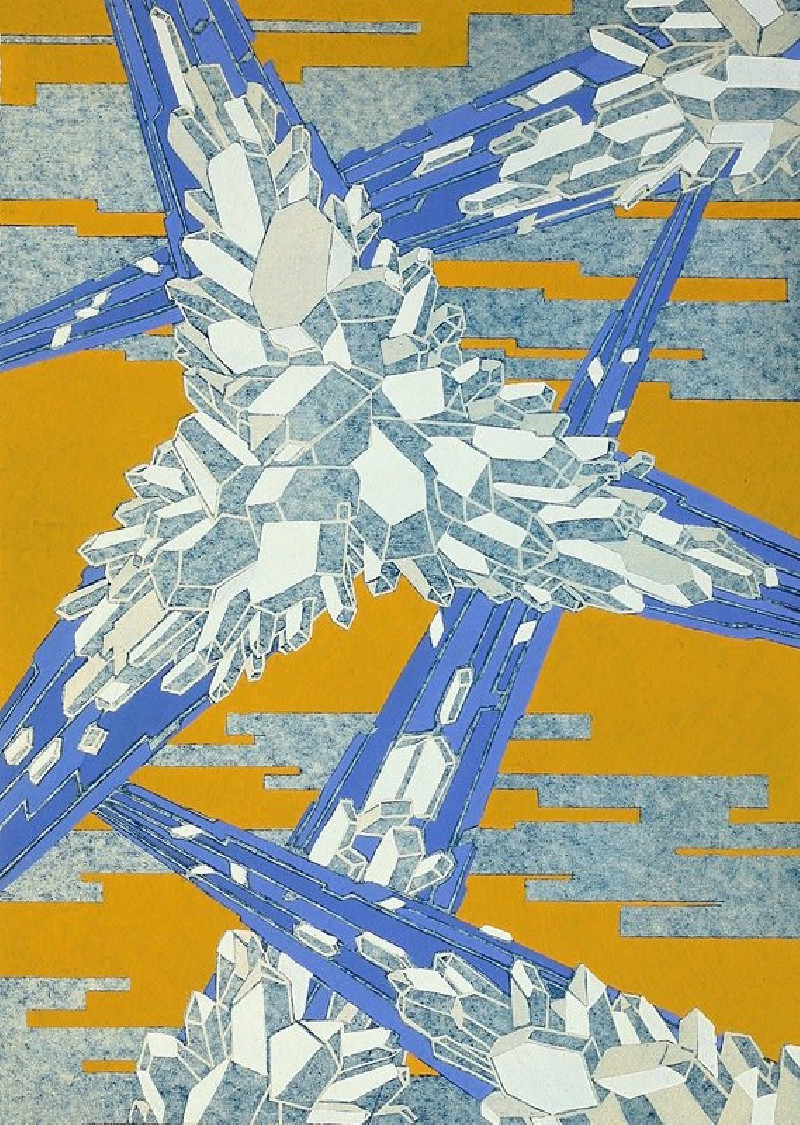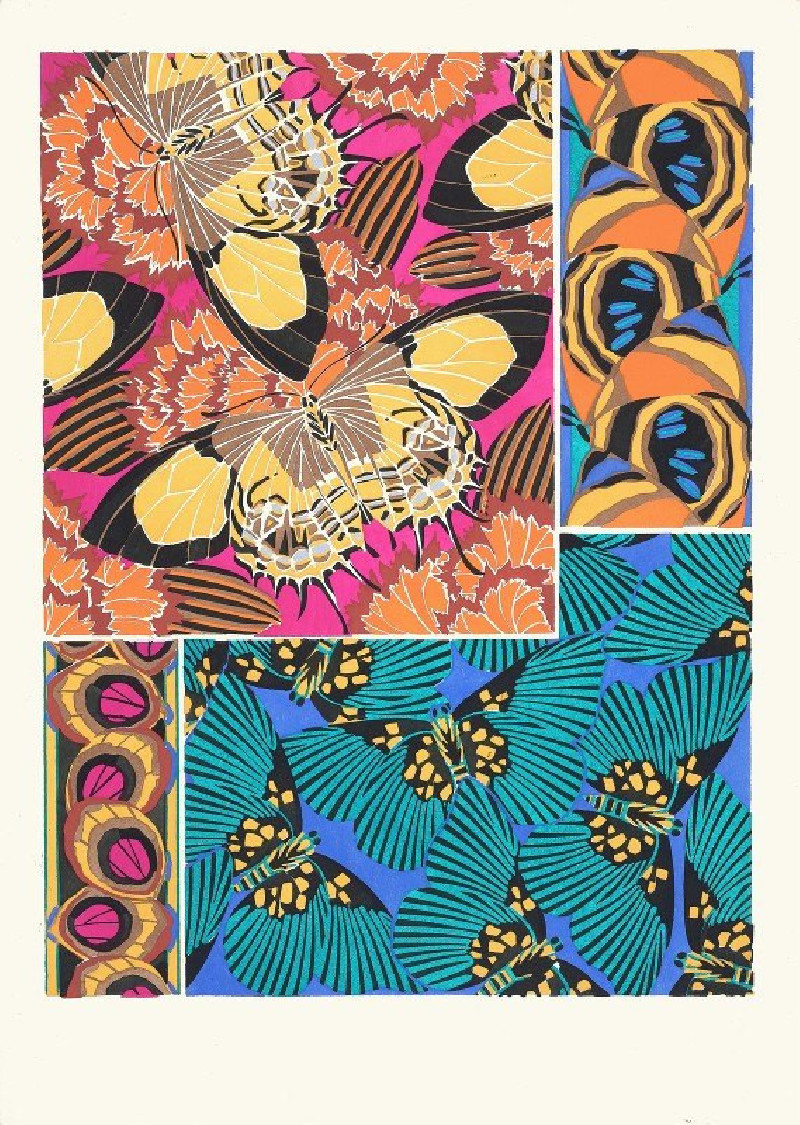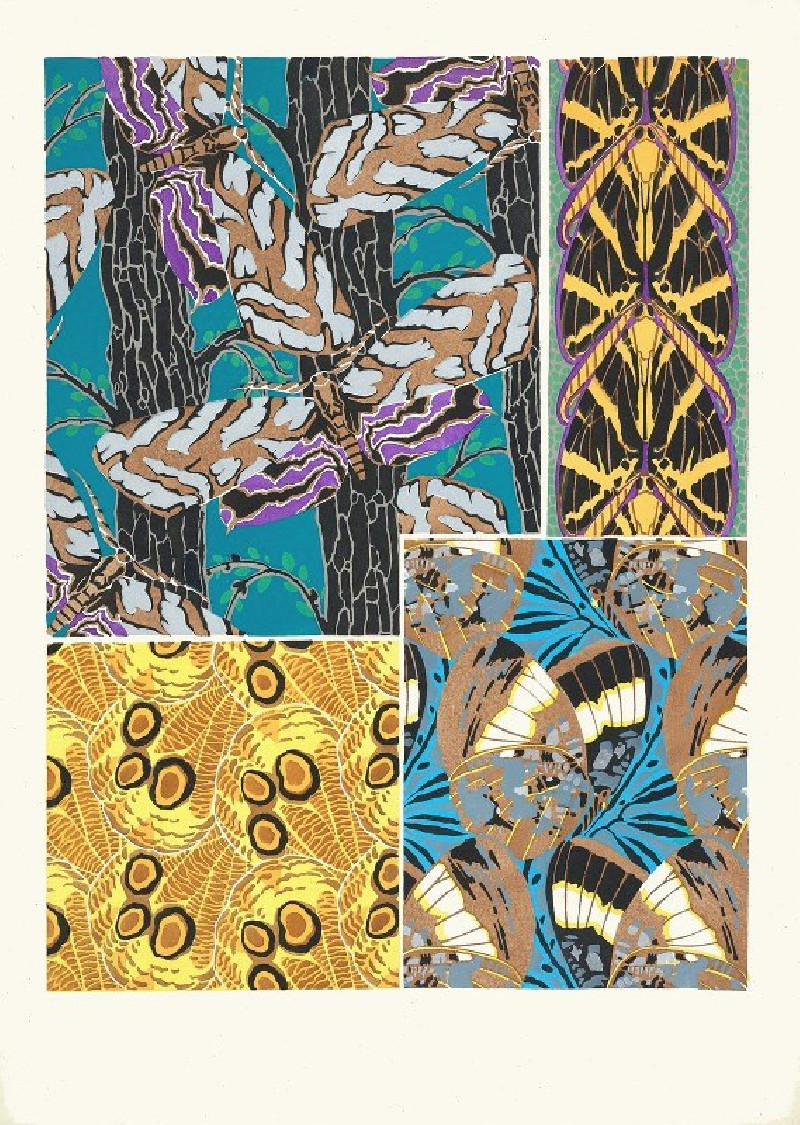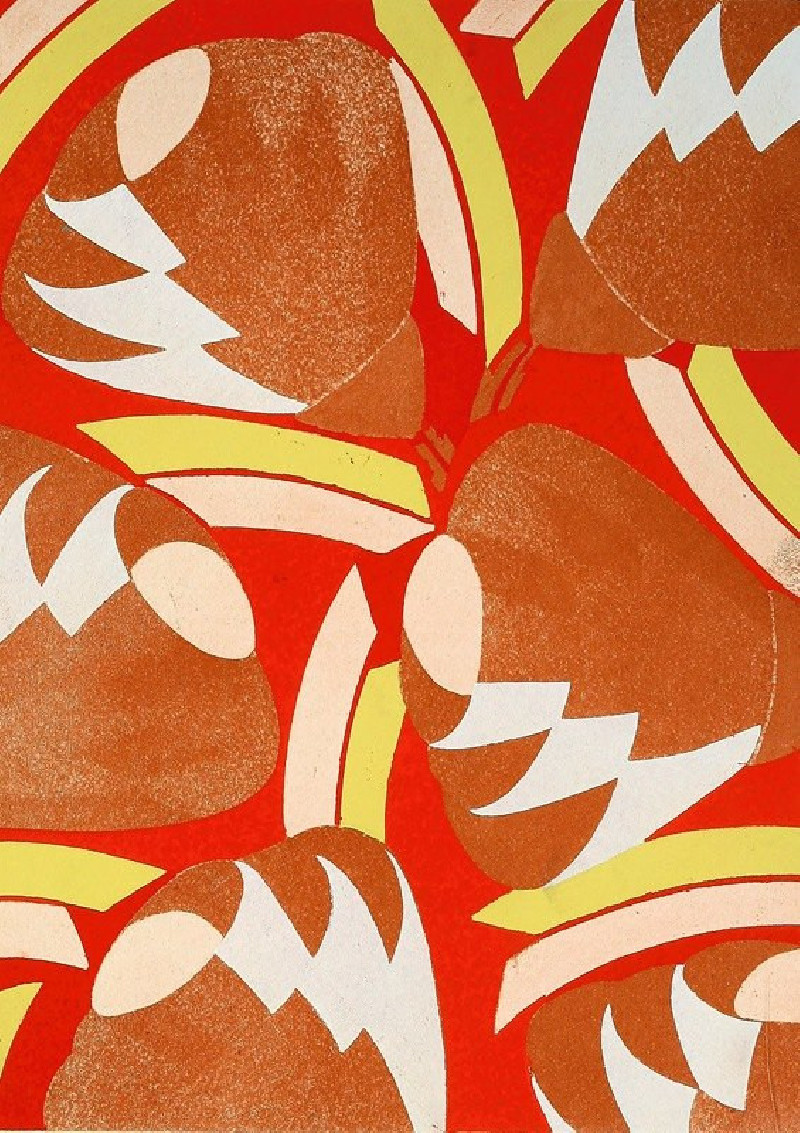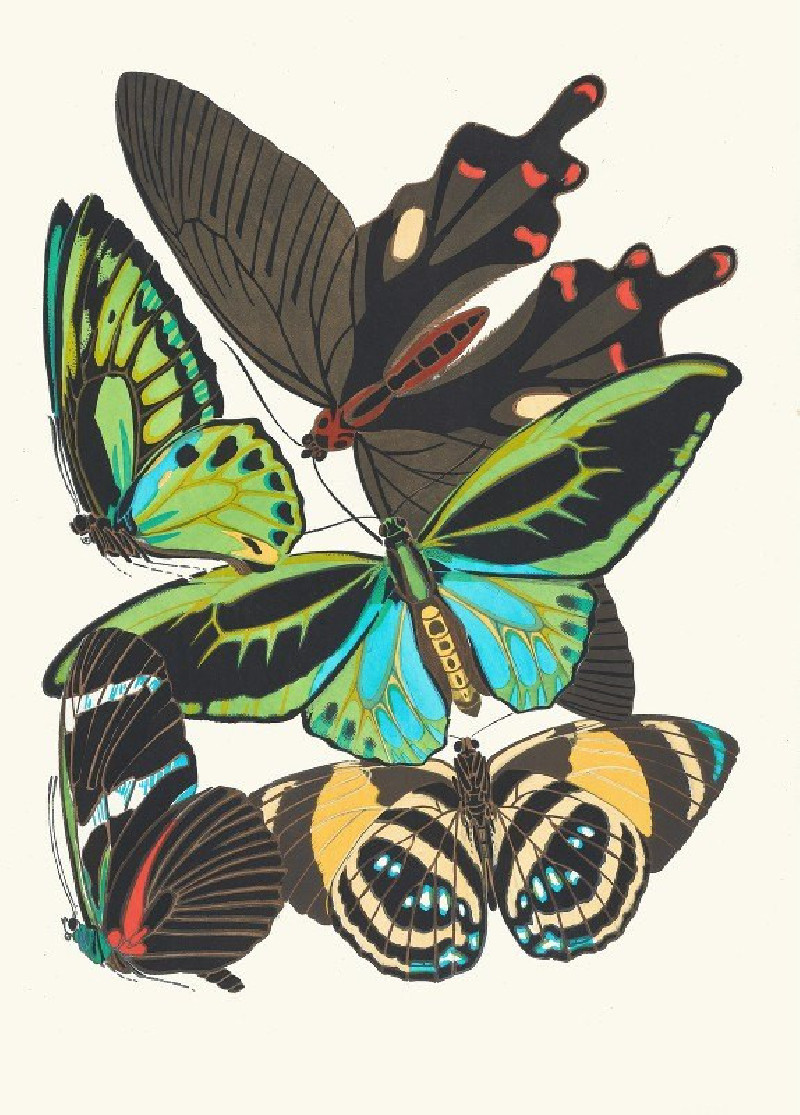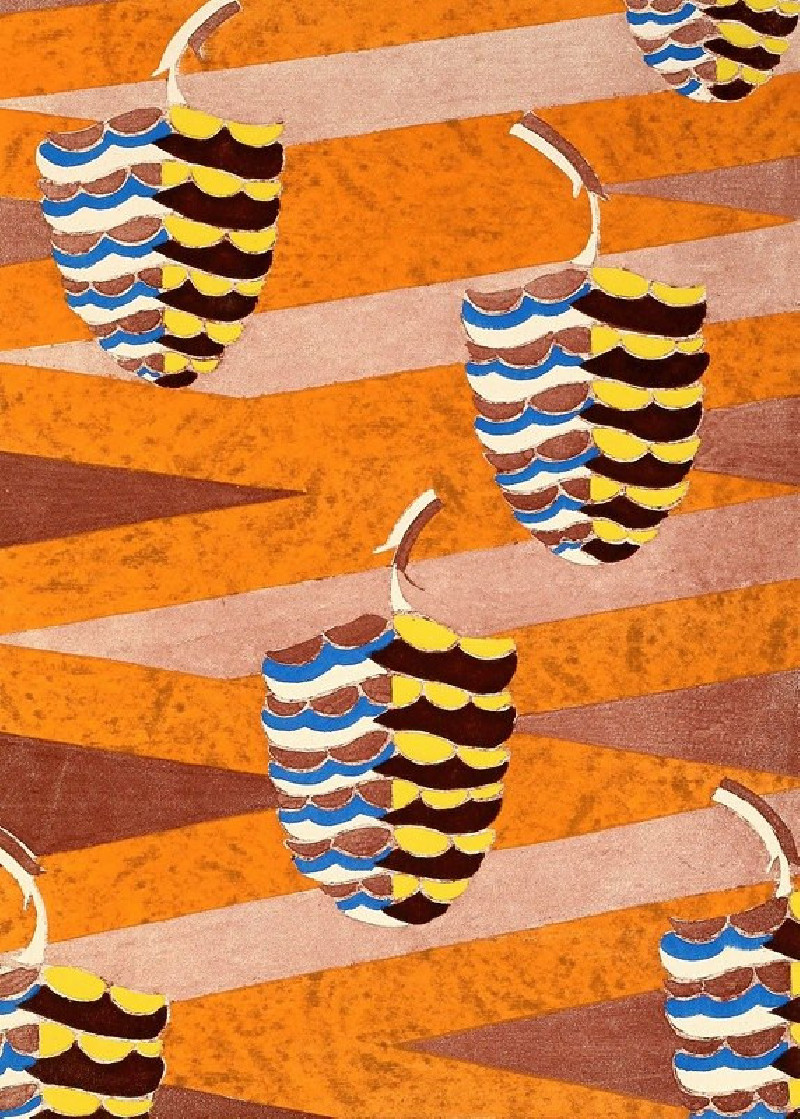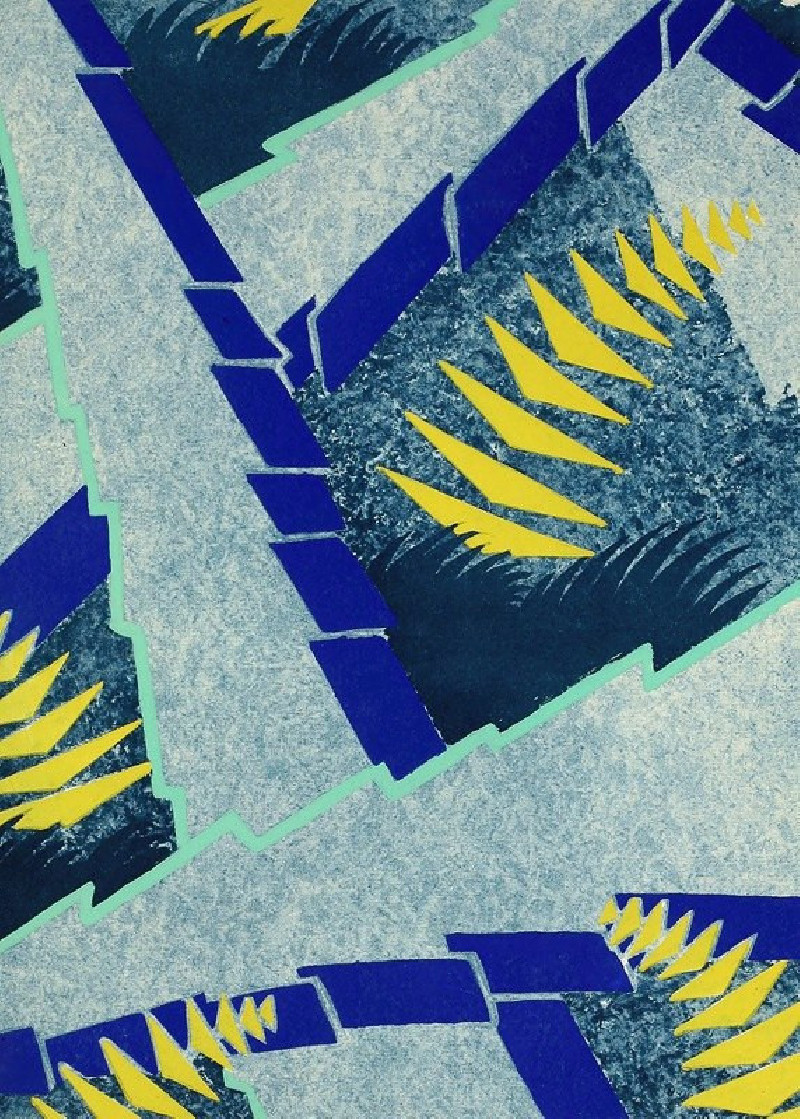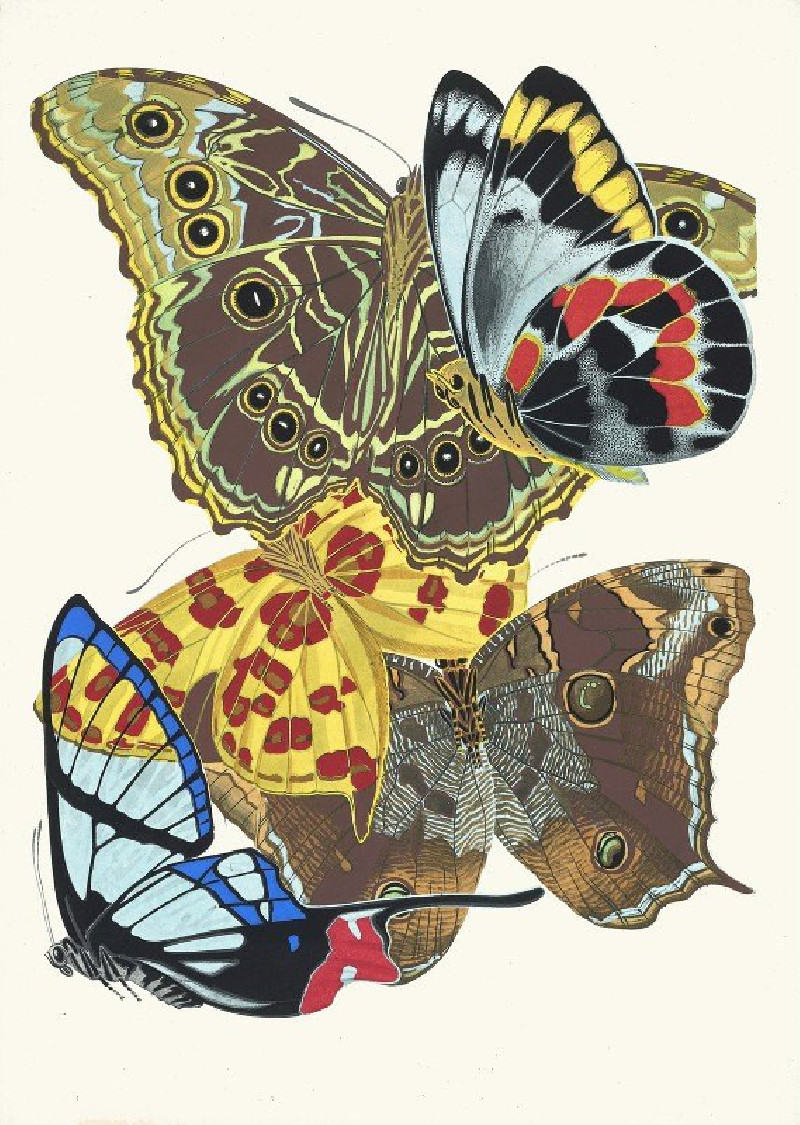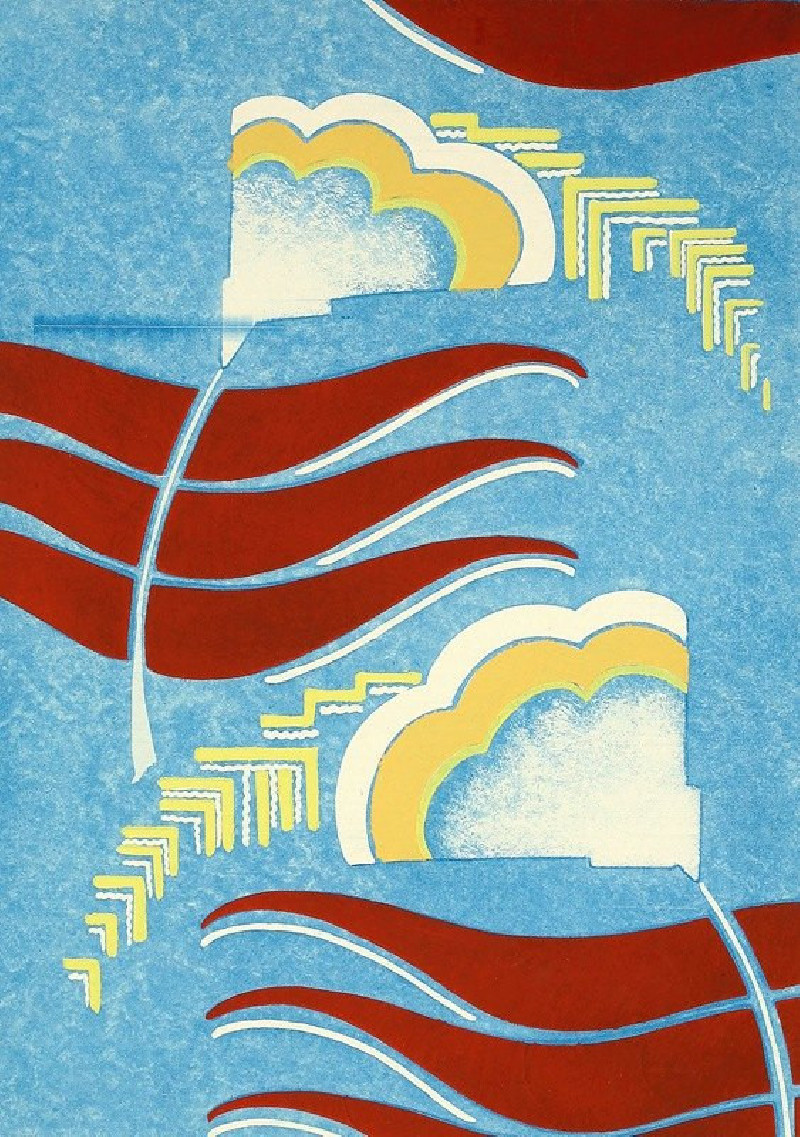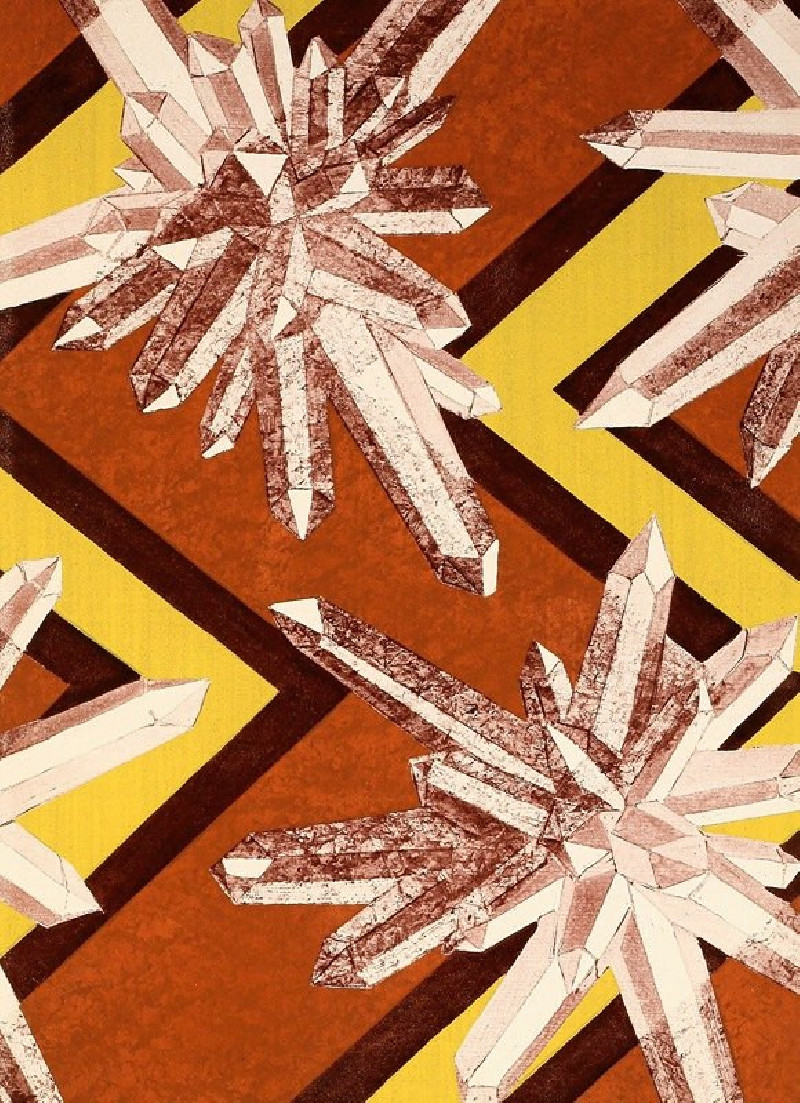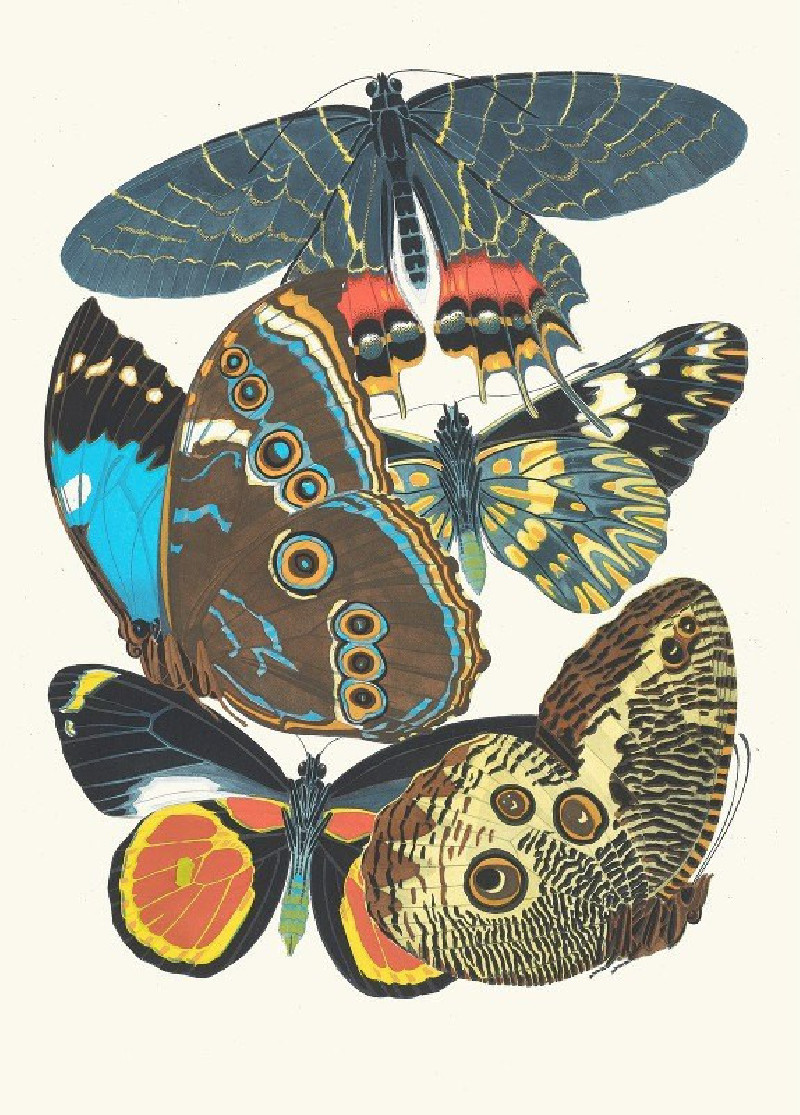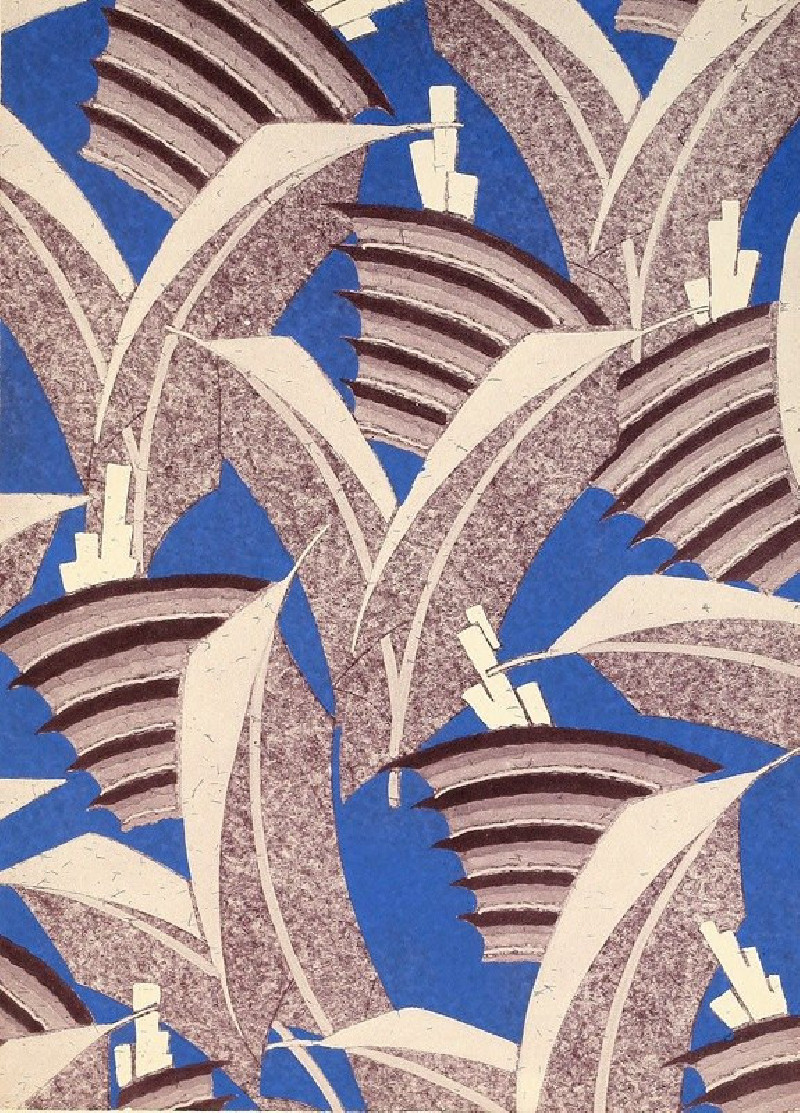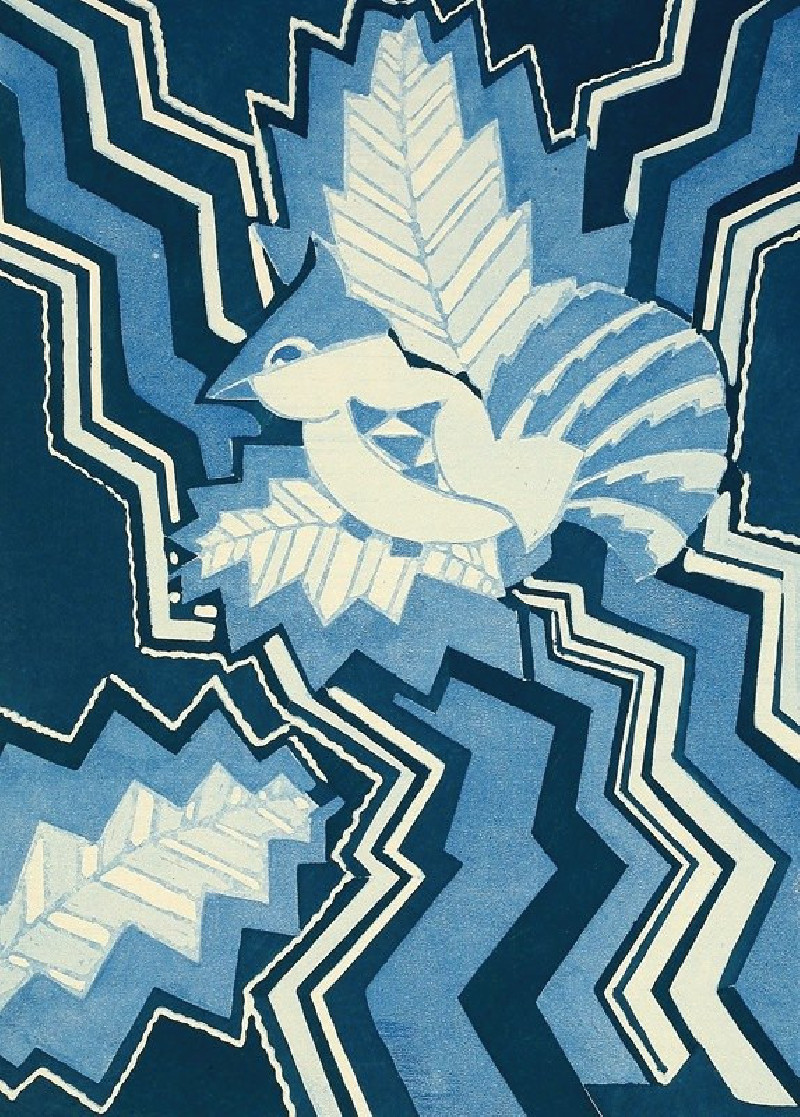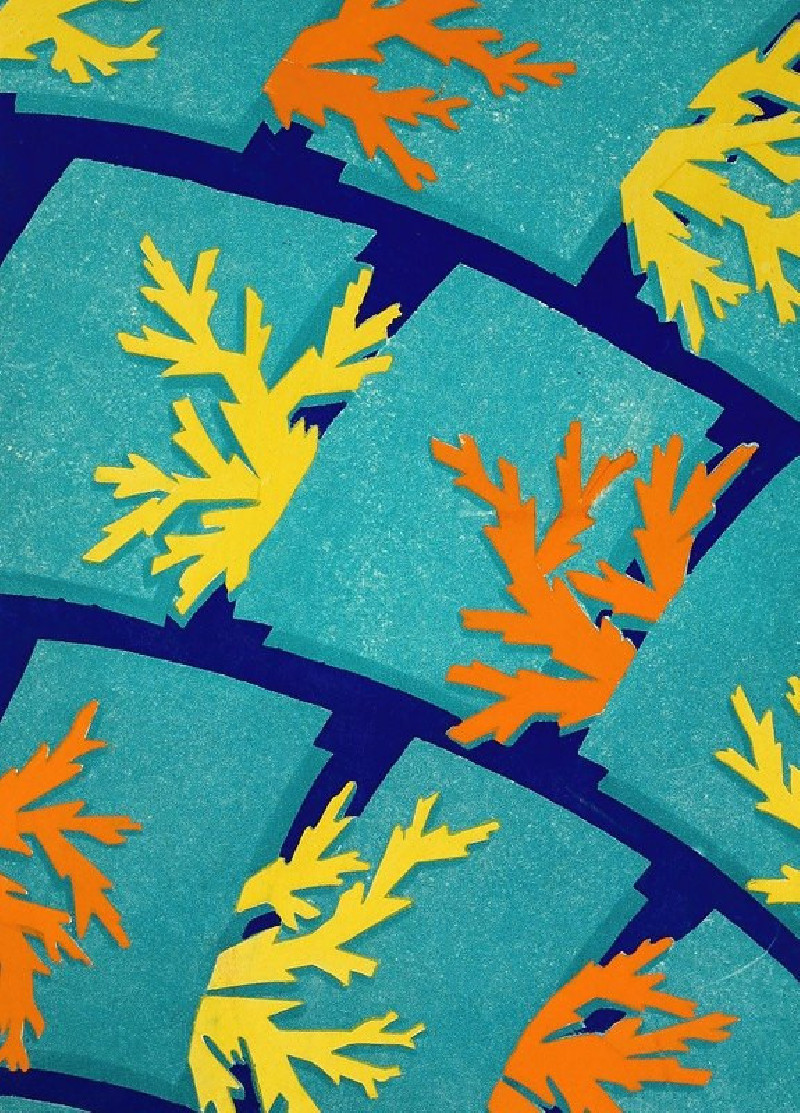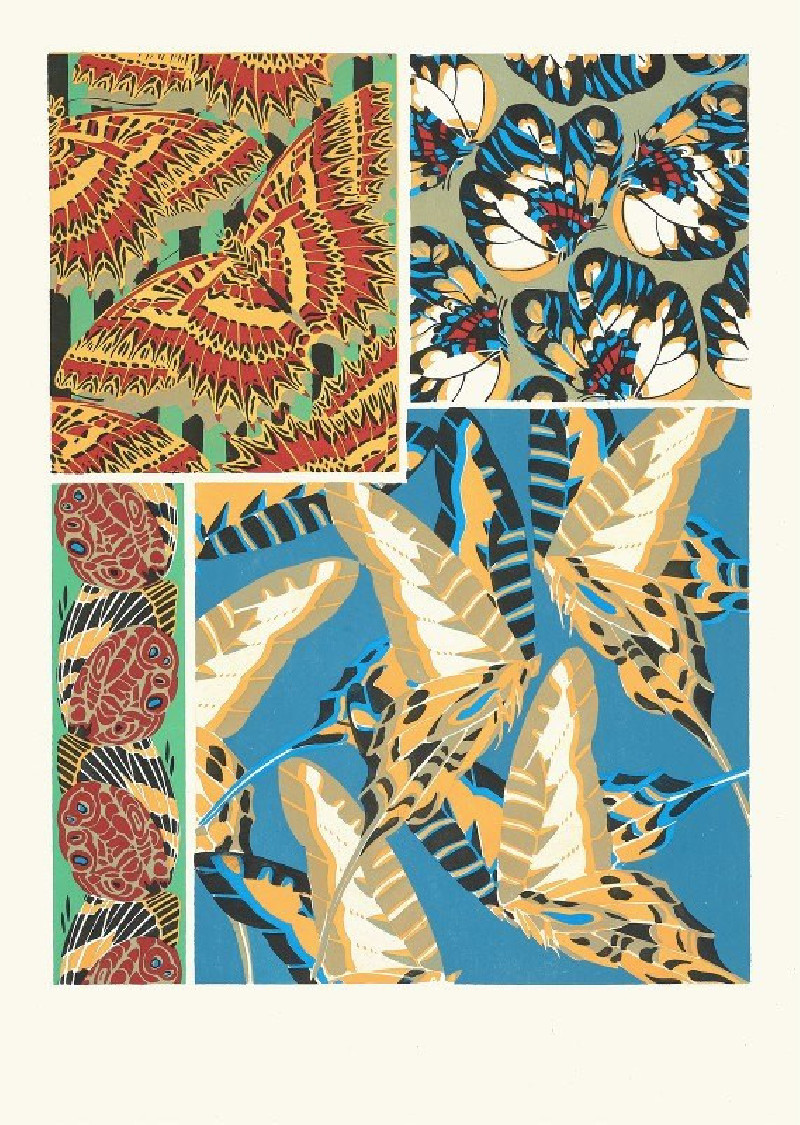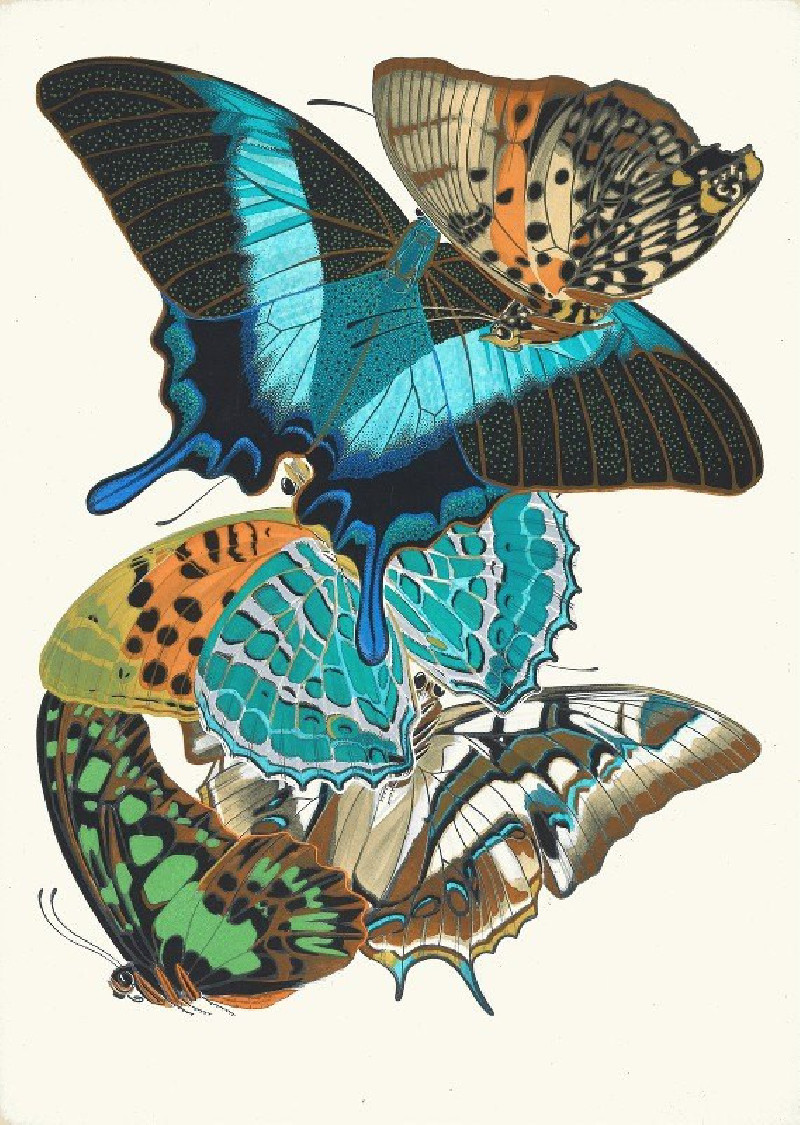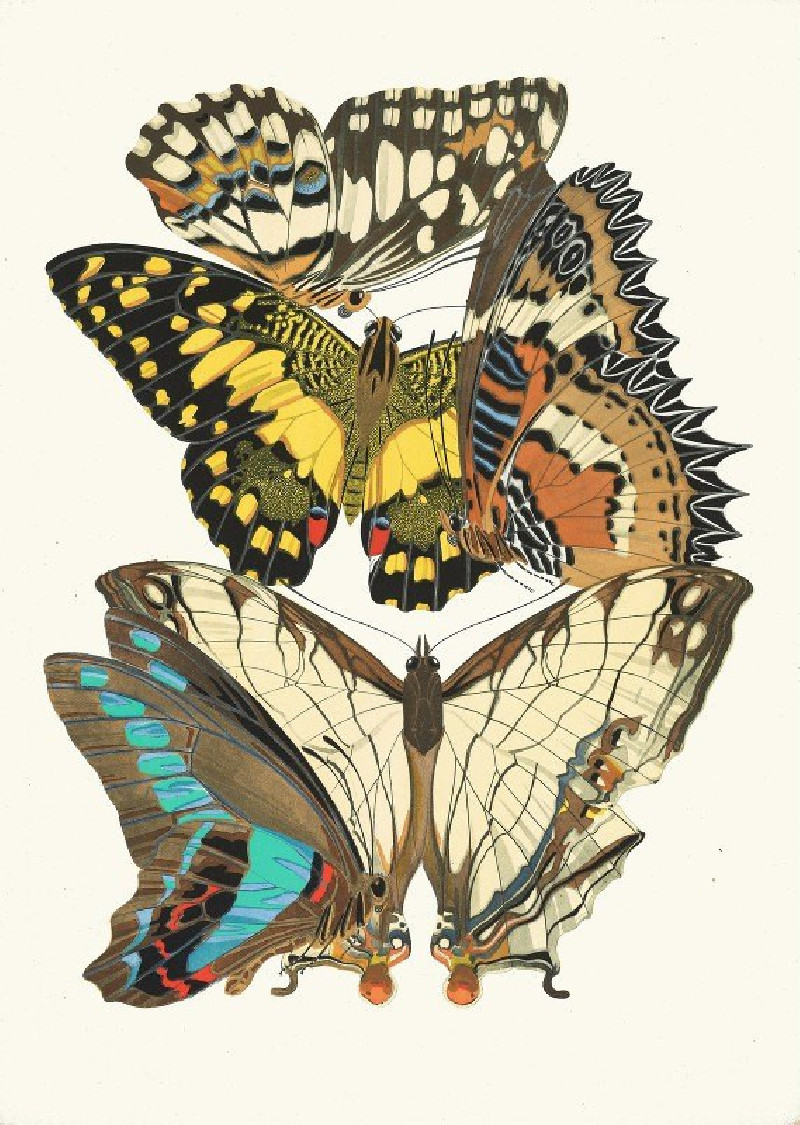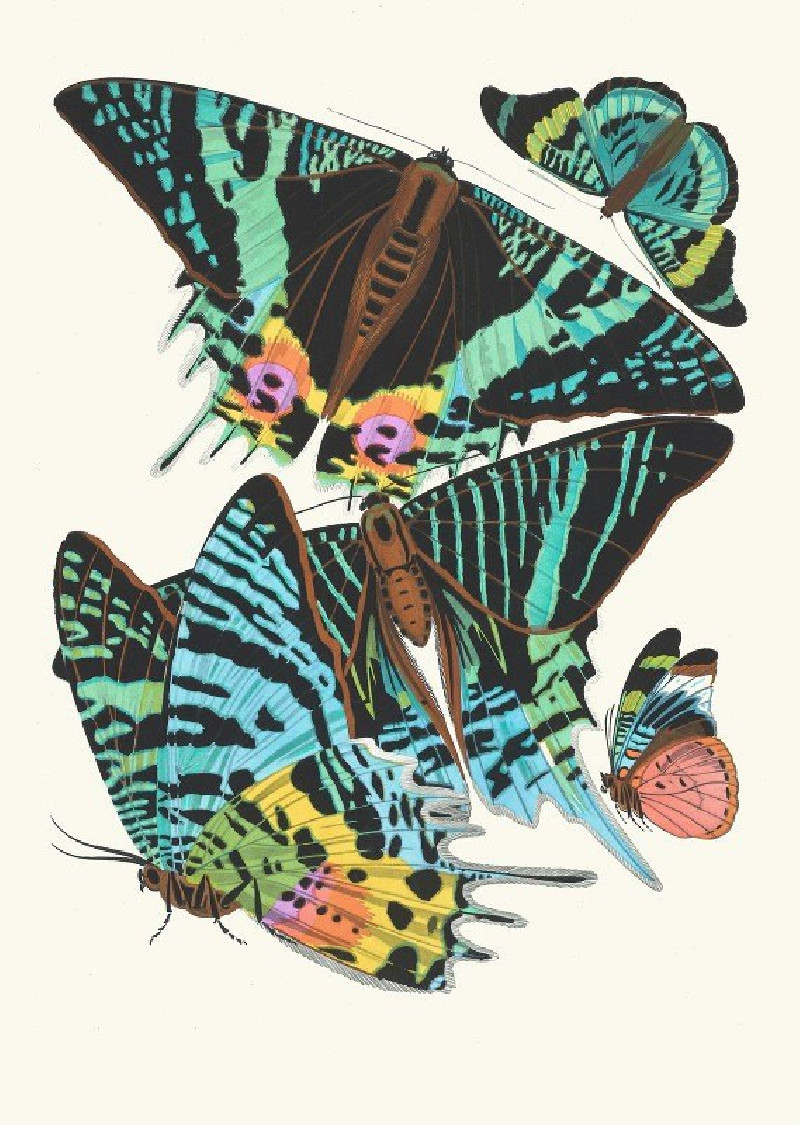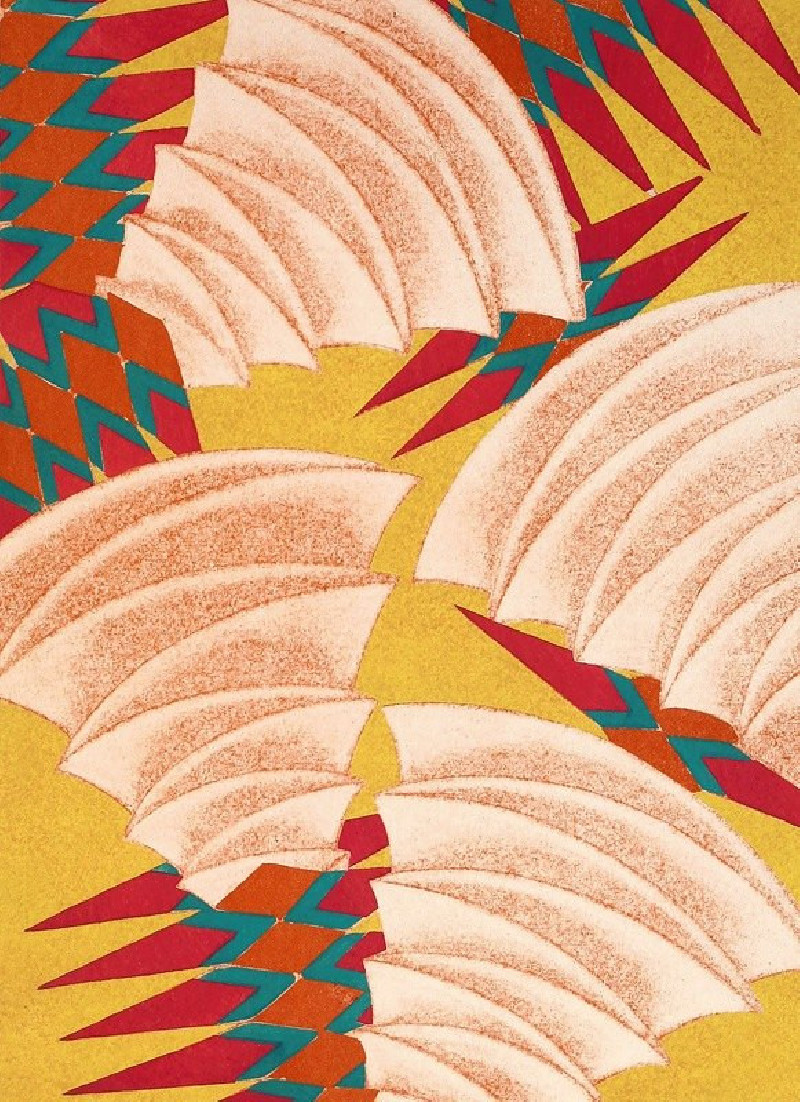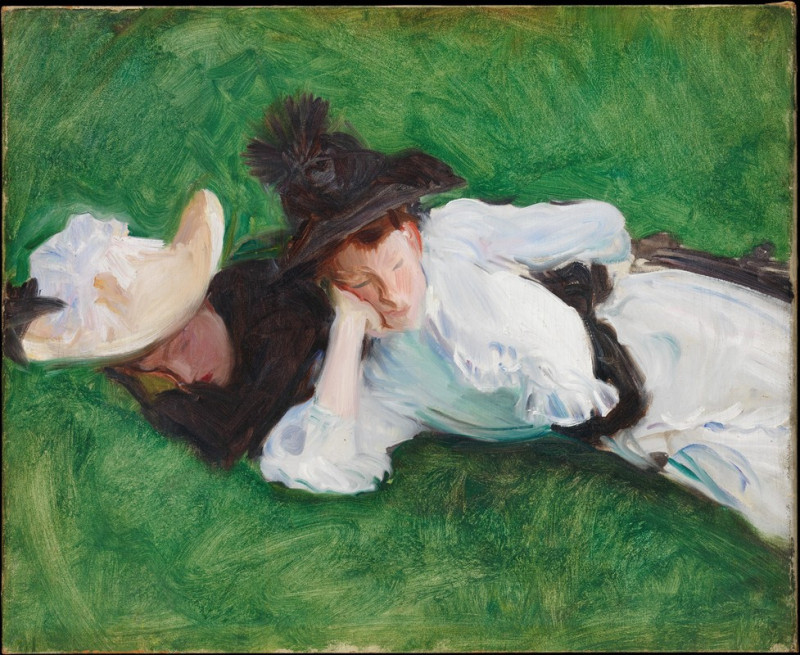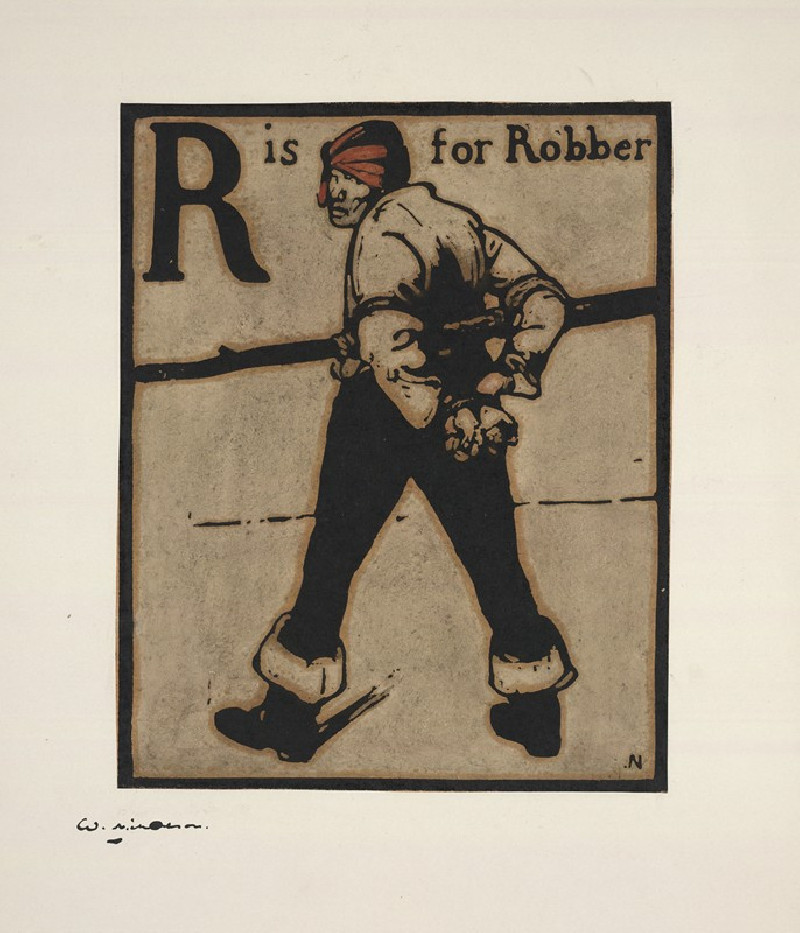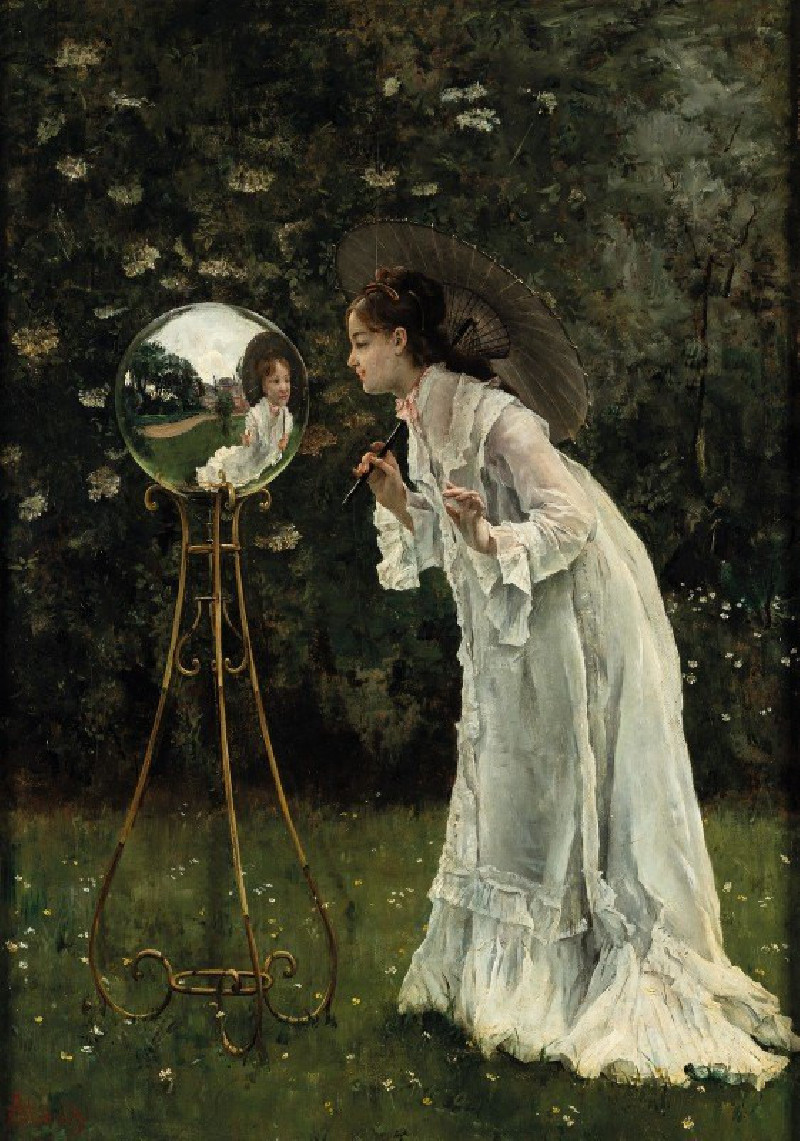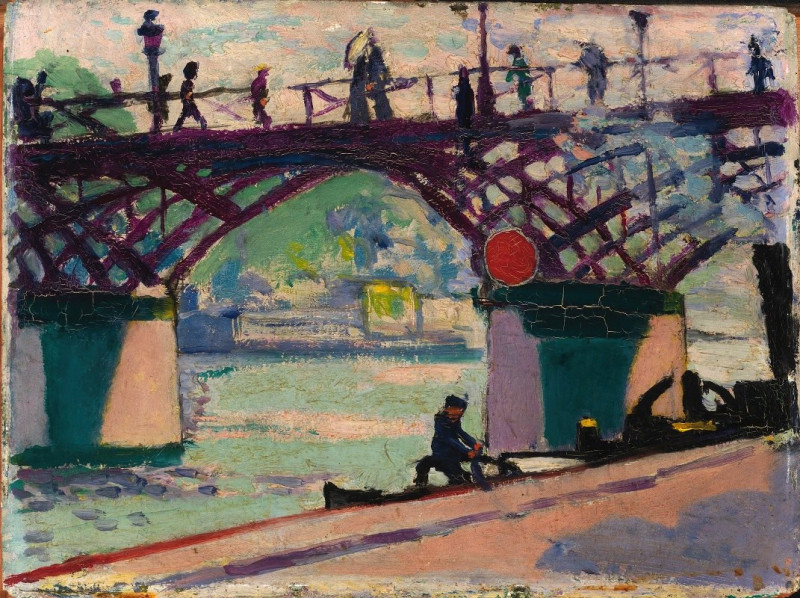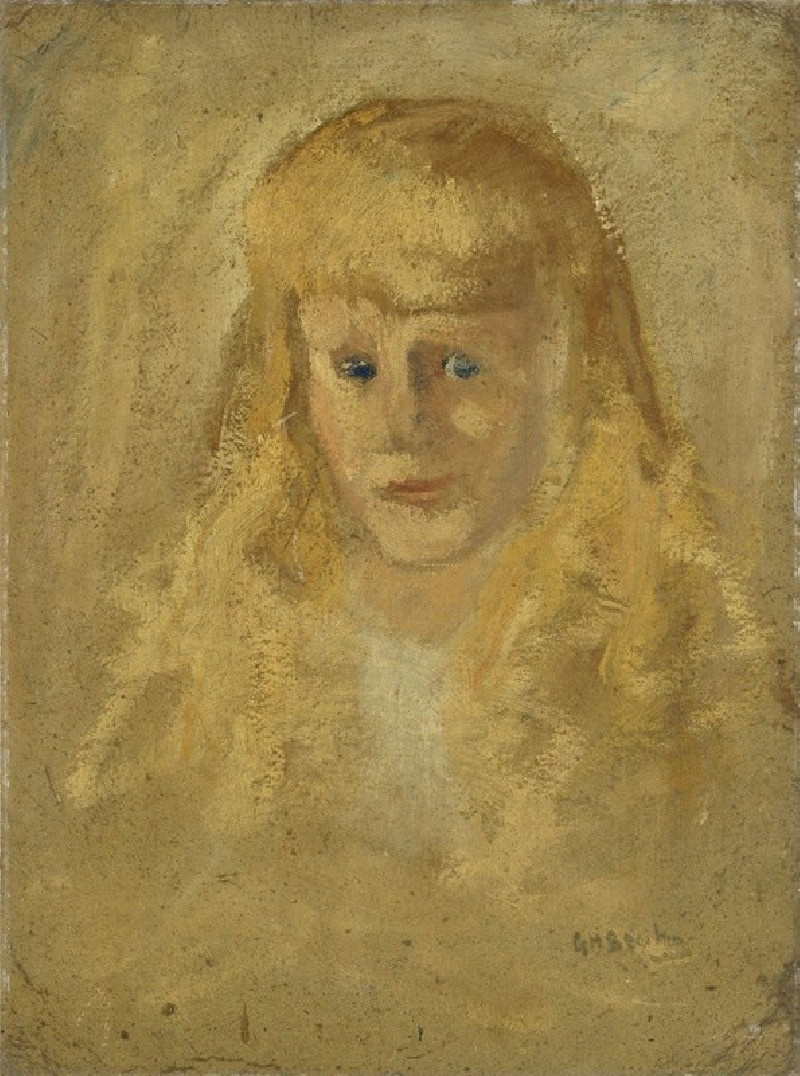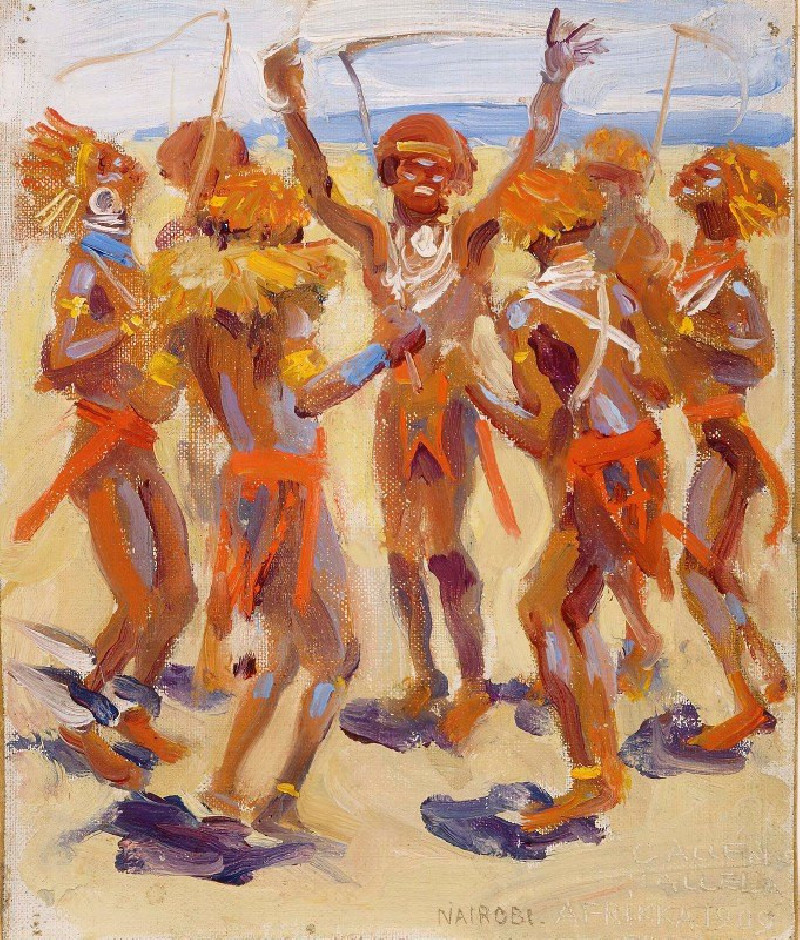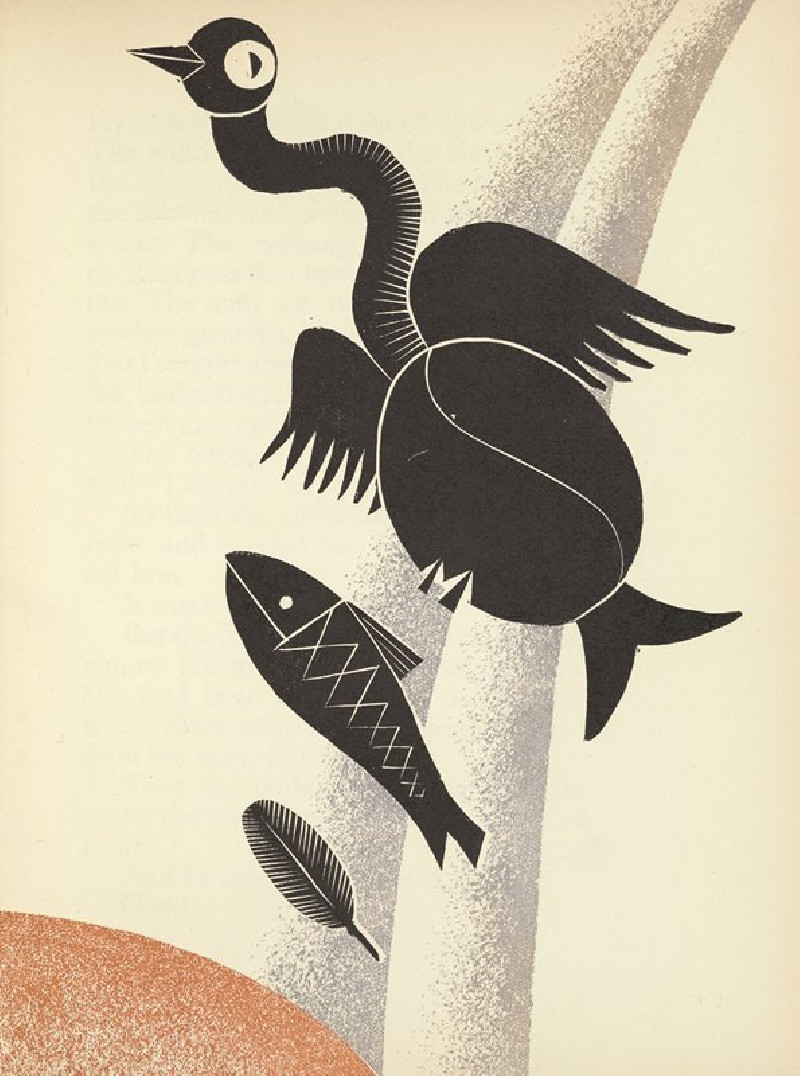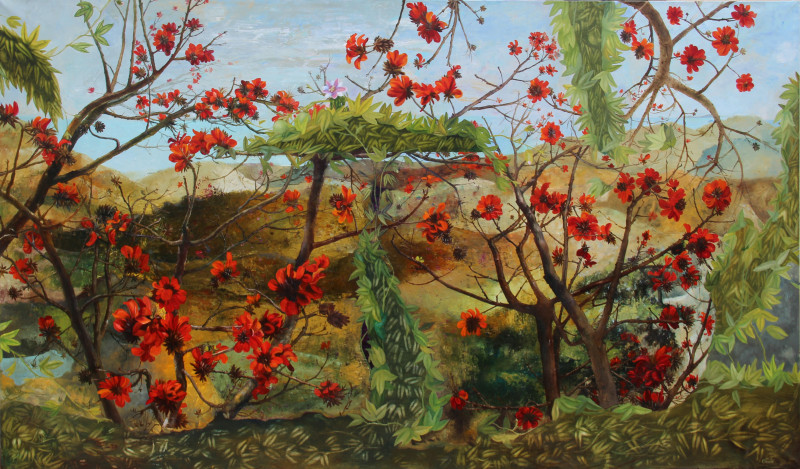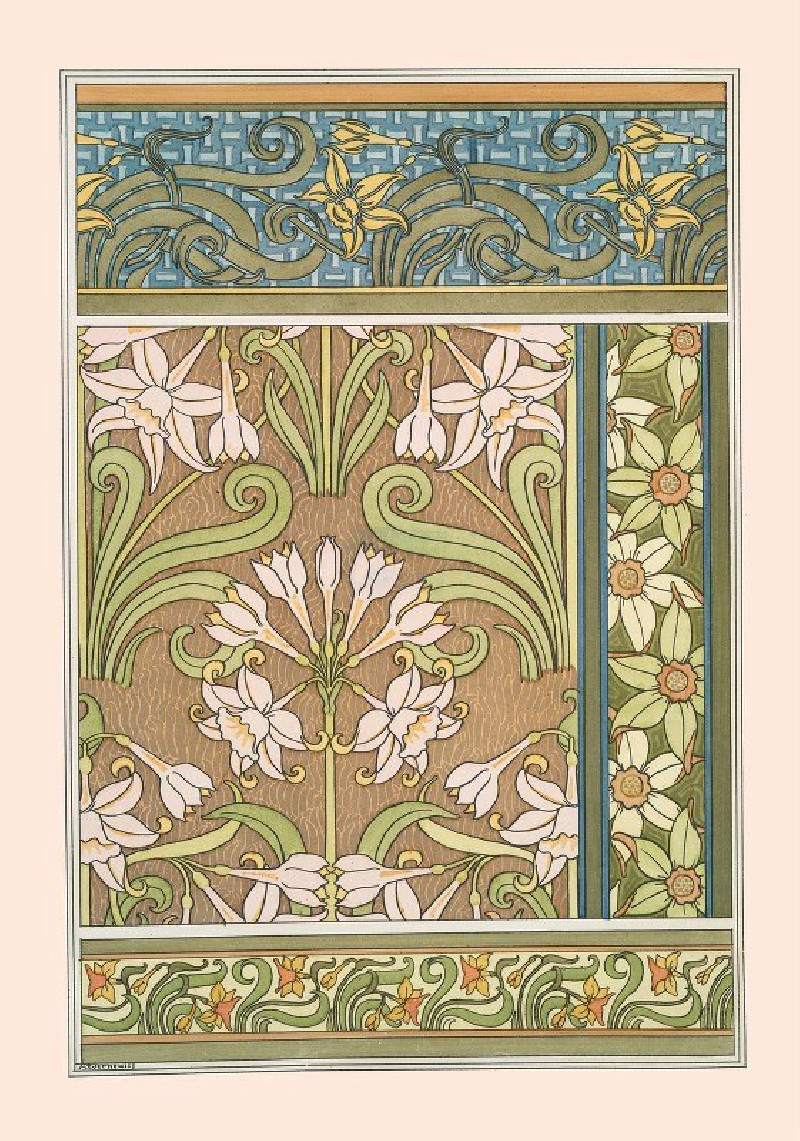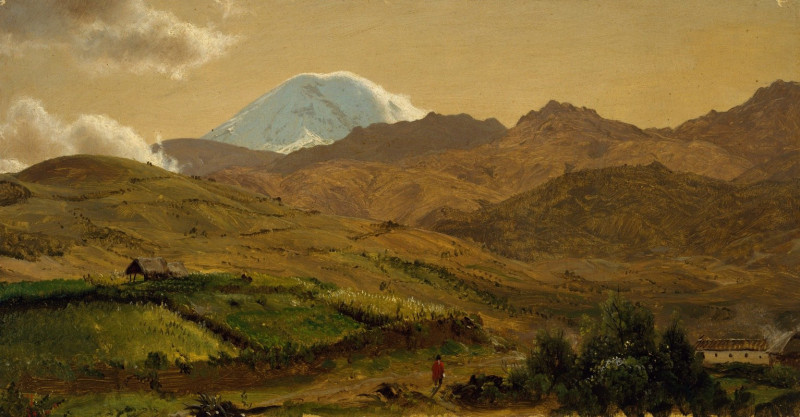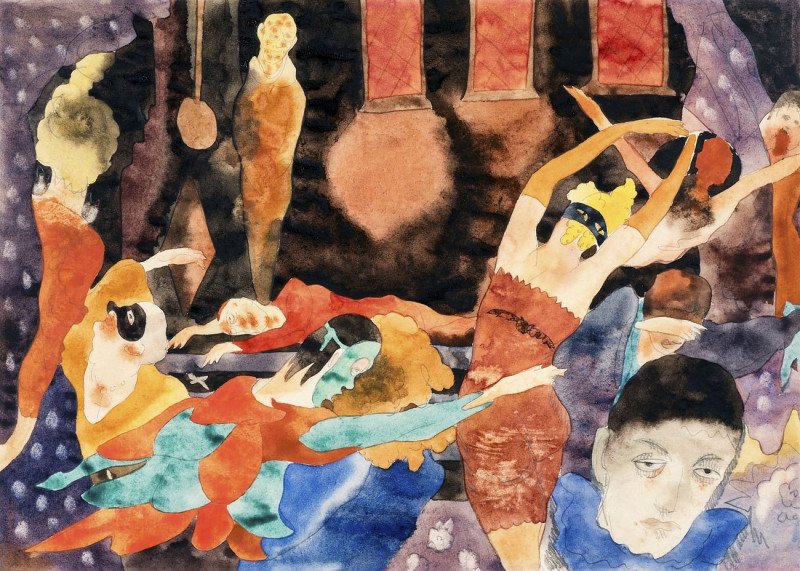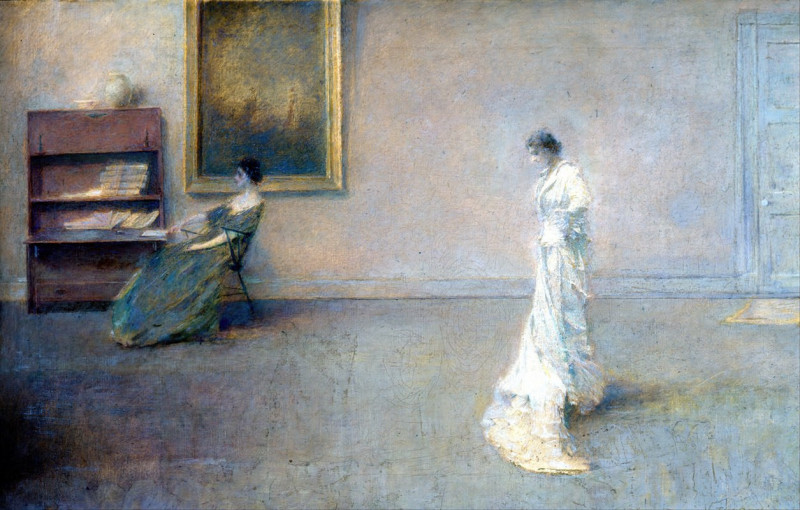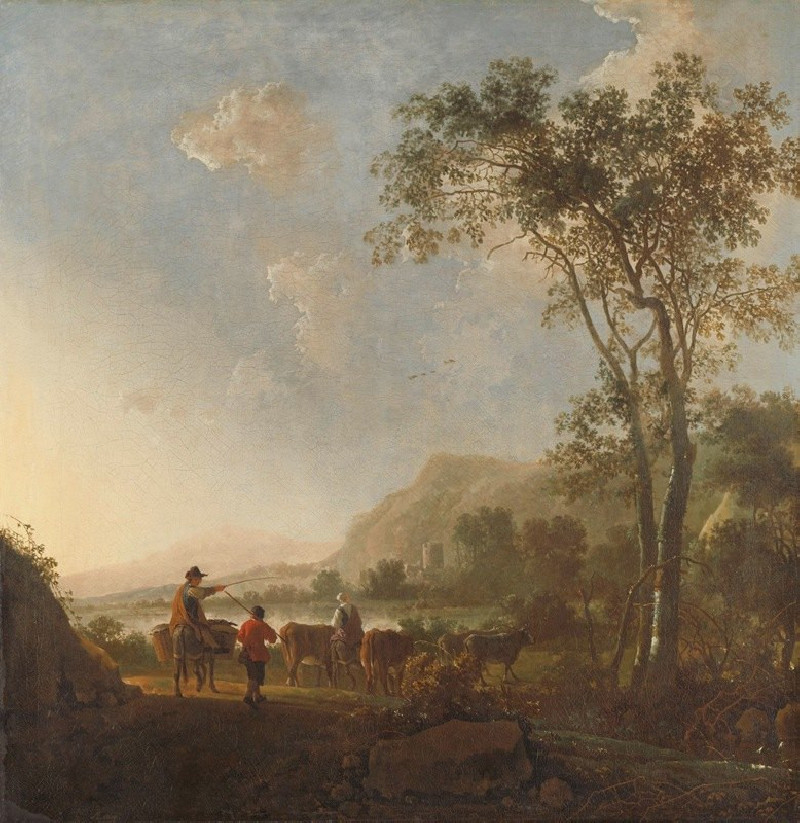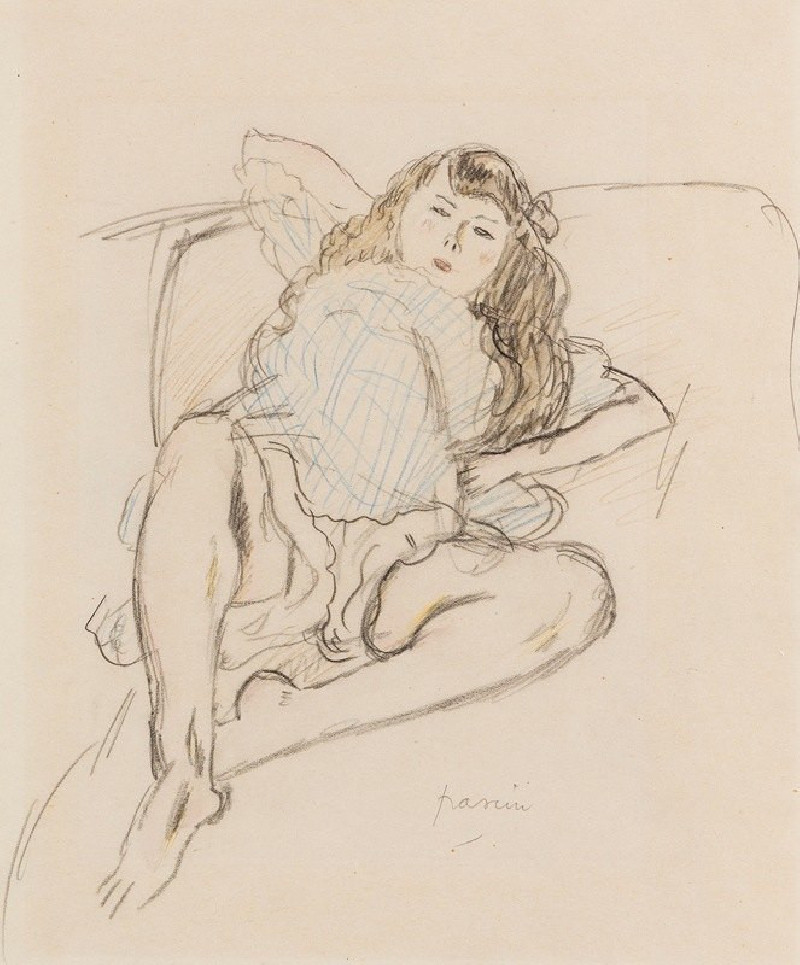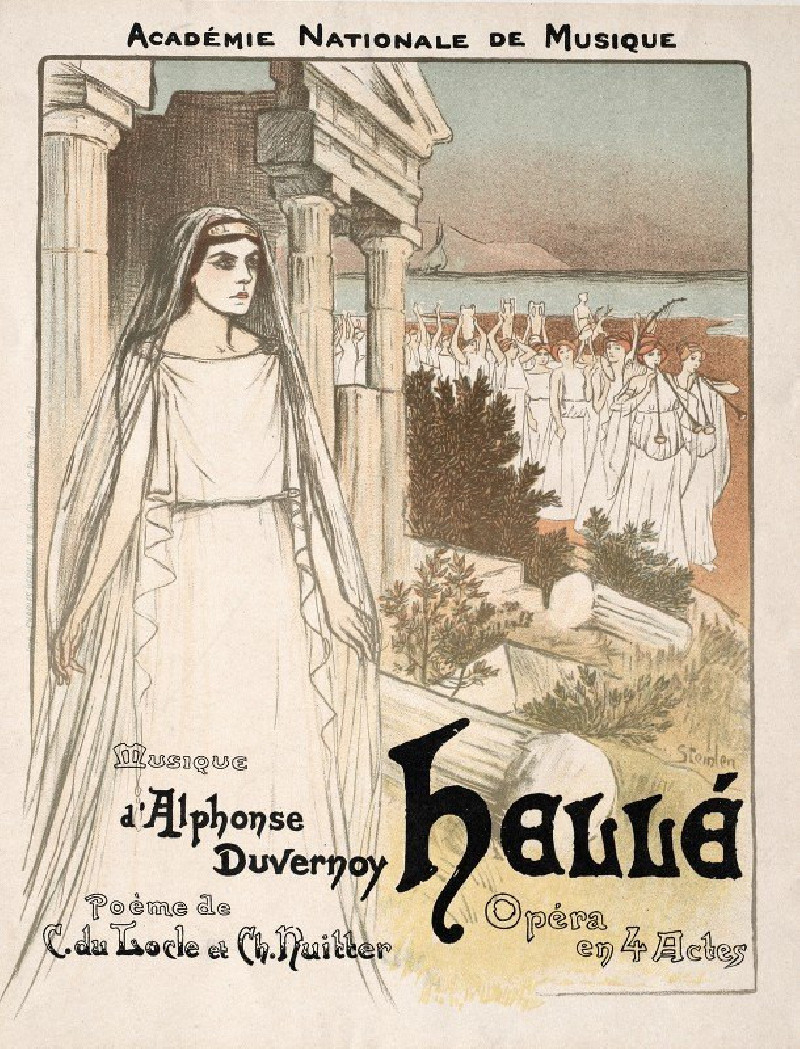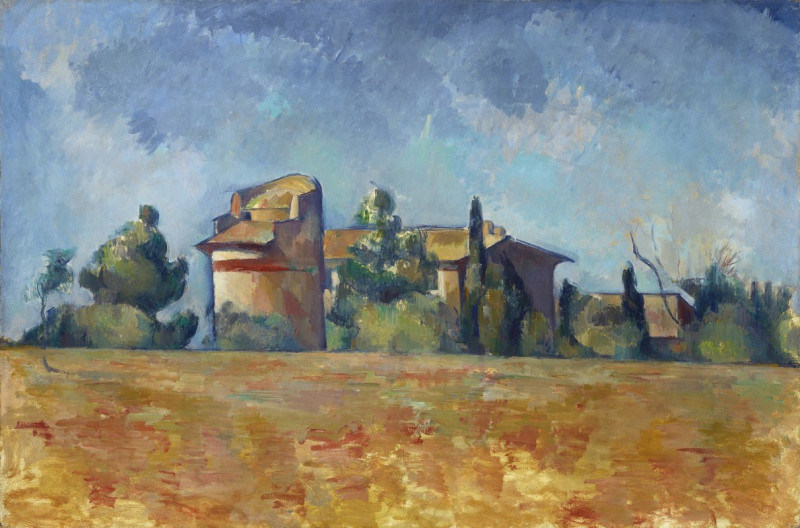Papillons, Pl. 10 (1925)
Technique: Giclée quality print
Recommended by our customers
More about this artwork
Emile-Allain Séguy's striking painting, "Papillons, Pl. 10" from 1925, showcases a vivid composition of butterflies, each rendered with meticulous attention to detail and bold, radiant colors. This piece from Séguy, known for his artistic dedication to the natural world, particularly insects, channels both the precision of a scientist and the eye of an artist.The painting captures four butterflies, each different from the next, displaying a range of patterns and colors that are almost luminous against the plain background. The uppermost butterfly sports dark wings peppered with white spots, creating a dramatic contrast. Below, two more specimens flaunt wings with electric blues and greens, segmented by black which gives an effect of stained glass. On the lower left, a butterfly with a warmer palette of oranges and browns graces the canvas, its wings edged with intricate patterns evocative of lace.Séguy's work not only reflects the beauty of these creatures but also his masterful use of color and form, which remains a delight for both art enthusiasts and naturalists. "Papillons, Pl.
Delivery
Returns
Emile-Allain Séguy was a popular French designer throughout the Art Deco and Art Nouveau movements of the 1920s. Often confused with the French entomologist Eugene Séguy who was active during the same time period, E.A. Séguy designed primarily patterns and textiles and was heavily influenced by the natural world. He was particularly fond of the intricate patterns and beauty of insects (Eugene would have approved), which he saw as “mechanic wonders” that provided abundant inspiration for interior design (Schiff, 157).

